Epoisses, My Favorite Stinky Cheese
If you follow my blog, you know I am a huge fan of “stinky” cheeses especially the washed rind variety. In the recent past I depended on my friend Cheeseman Jack to turn me on to new versions of stinky washed rind cheeses from around the world.
Unfortunately Jack no longer has a shop at the farmers market I visit every Saturday morning although he still has his store at the Reading Terminal Market in Philadelphia.
DiBruno Bros replaced Jack’s Downtown Cheese in Ardmore and although I’m sad to see Jack gone, two of his protégées work for DiBruno. Now Dan and Bill don’t have the encyclopedic knowledge Jack does, but they know their cheese and are very willing to share what they know and are always ready to offer a sample of something new and different.
What does this have to do with Epoisse? The short answer is nothing except Jack turned me onto this wonderful cheese and it has become one of my top 5 favorite cheeses ever since. The kids think it smells like dirty feet but my wife Meg and I love a taste on Saturday mornings served on some just baked French bread.
Let me tell you a little bit about this delightfully stinky cheese:
Epoisses Cheese In Short
- Type: Unpasteurized cows’ milk
- Origin: Burgundy, France
- Process: Washed with water and brandy three times a week for six weeks.
- Texture: At 30 days, slightly grainy; at 40 days, a sticky, smooth, velvety paste–“spoonable” at room temperature when well-aged
- Shape: a round, flat disc
- Color: pale orange at 30 days; deeper, orange/red/brown at 40 days
- Rind: Thin rind washed with brine and brandy, wrinkles as it ages
- Flavor: pungently meaty, earthy, salty, nutty
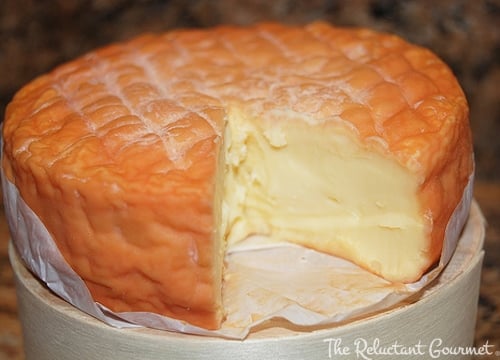
The Rest of the Story
Epoisses, named for the town in which it is produced, is traditionally made with unpasteurized cows’ milk. According to stories, Epoisses was initially produced by an order of monks living near Epiosses in the Burgundy region of France in the 1600s.
Their emphasis was on agriculture and hard work, so making cheese was a natural for them. Eventually, the monks left, but not before passing on the secrets to Epoisses production to the population at large.
Production continued for centuries but was almost forgotten by the mid-20th century. In the 1950s, the Berthaut family of Epoisses (the town) pretty much single handedly revived the industry.
To this day, the bulk of Epoisses is produced by the Berthauts, although several other artisan cheese makers in the region have entered the Epoisses game.
While production probably varied a bit throughout the later 1900s, Epoisses was given an AOC status in 1991. Similar to AOC designations for wine, every cheese maker wanting to produce Eppoises has to hold to strict AOC standards. To make Epoisses, milk is heated to 86F (30C) and held there for 16 hours.
After 16 hours, the curd is cut into rough chunks and then placed in molds to drain. The young cheeses drain for 2 days and then are salted and set aside on racks to dry.
As Epoisses ages, it is hand rubbed with a mixture of brine (salt water) and marc. Marc is a rough brandy (think grappa) that is made from the skins, seeds and stems after grapes have been pressed for wine making. This mixture, called pomace, is then fermented to produce marc.
Needless to say, it is pretty powerful stuff. As with all washed rind cheeses, this mixture of brine and marc serves a dual purpose. It inhibits mold growth that in turn allows bacteria, which give the cheese its distinctive aroma and flavor, to grow, and it also adds its own flavor to the young cheese.
The rind is washed three times a week for four to six weeks, at which time it is packed in cool round wooden boxes for sale. Since the United States has strict laws governing raw milk and raw milk products manufactured or sold here, the Epoisses we can get in the US is made with heat-treated milk.
US law states that any raw milk cheese must be aged for a minimum of 60 days, so Epoisses misses the mark by a month.
Pasteurization Process
The Pasteurization process makes the milk safe from harmful bacteria, but it also kills off the enzymes present in the milk as well as some of the fresh flavor. No matter how fast Pasteurization happens, cooked milk just tastes like, well, cooked milk.
I can only imagine how much more complex AOC designated Epoisses de Bourgogne sold in Europe tastes than what is available from my local cheese shop, but I would be first in line to try it. Epoisses is quite possibly my favorite “stinky cheese,” and I would love to taste the traditional version available in France.
Epoisses pairs well with hearty Burgundies–no surprise there. You can also try it with a nice dessert wine, such as Sauternes. Since Epoisses has such an assertive aroma, it is not the best for cooking, but allowed to come to room temperature and spread on some toasted nutty bread, the flavor of Epoisses really shines.

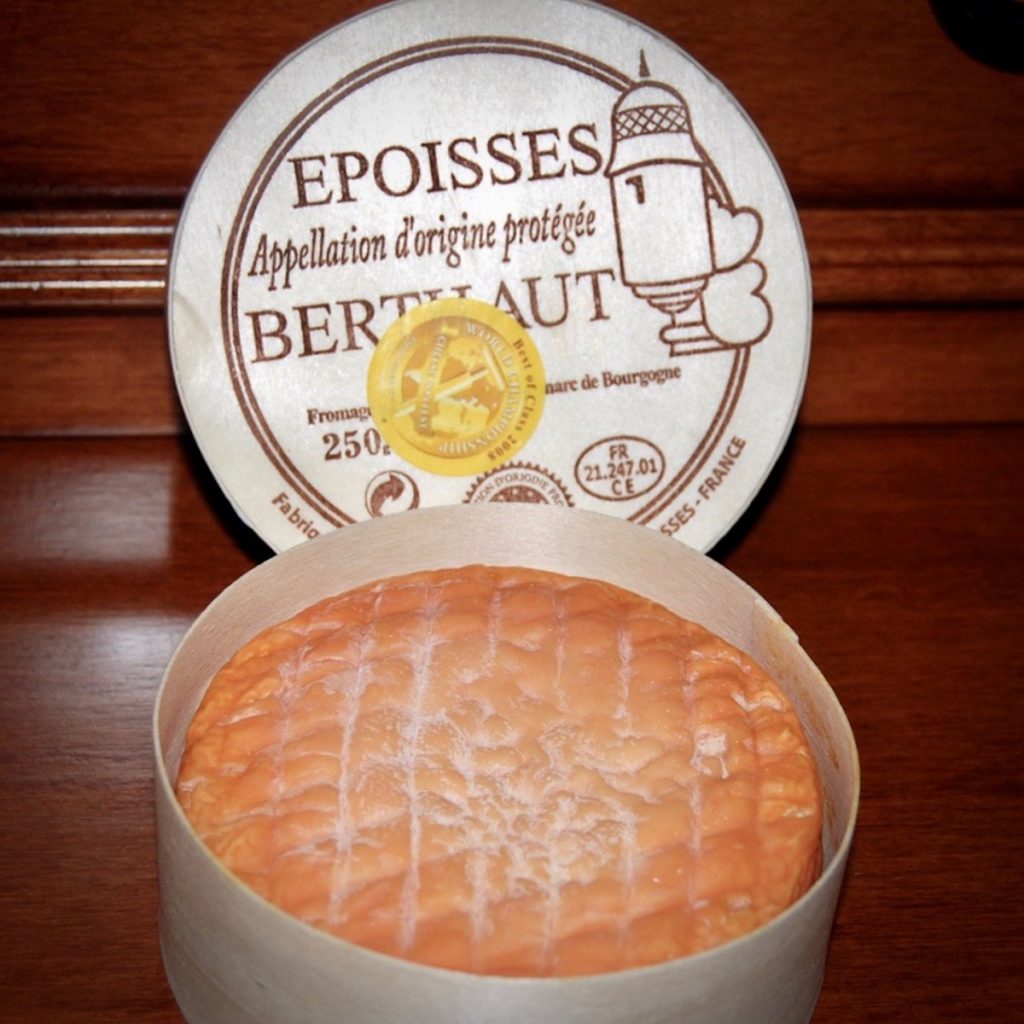





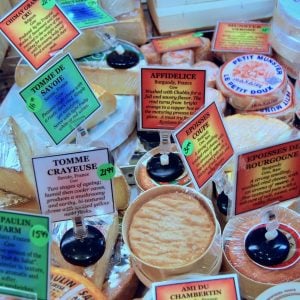
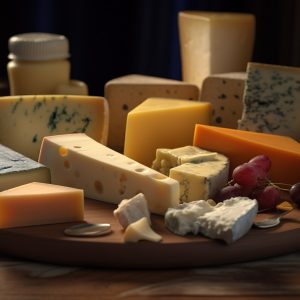
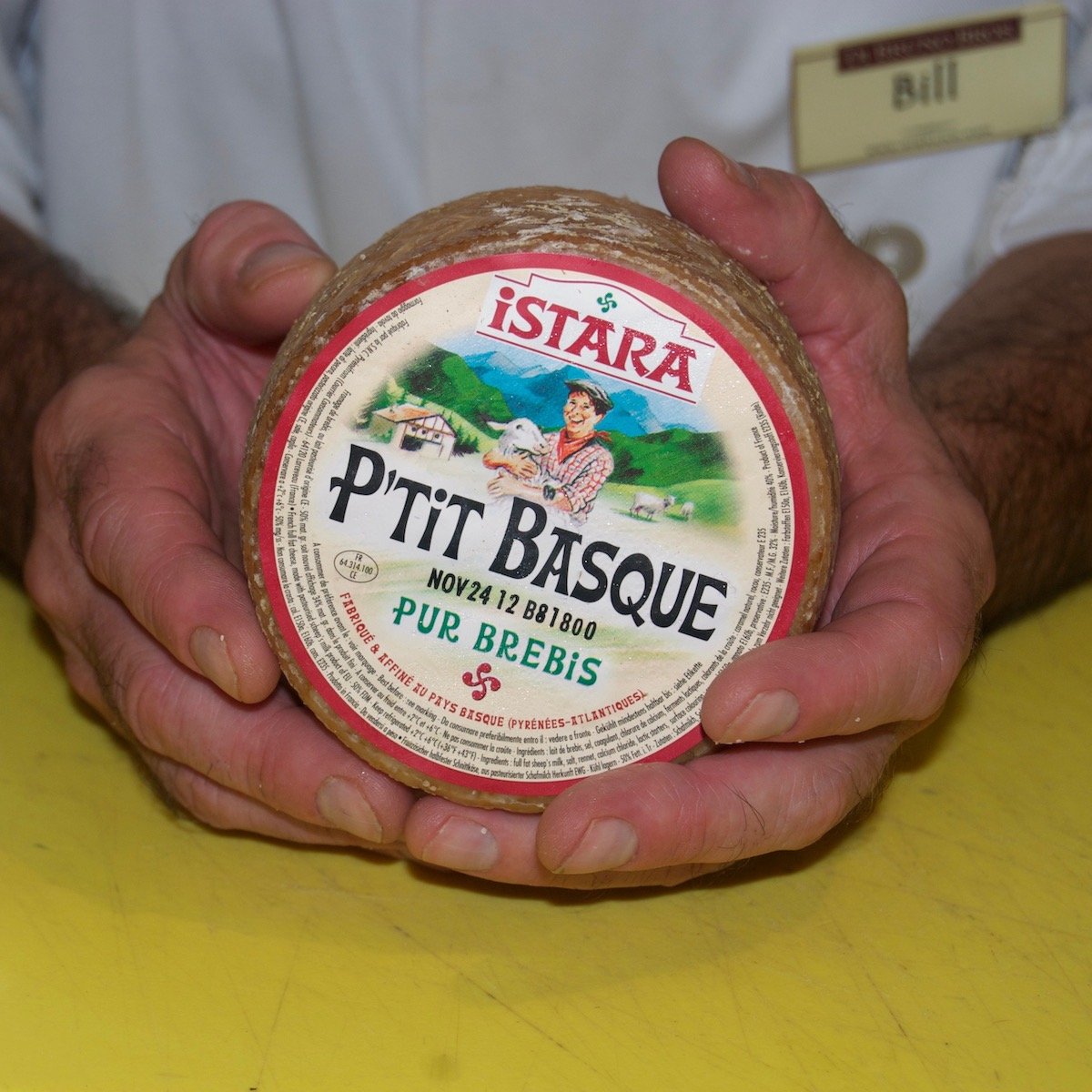
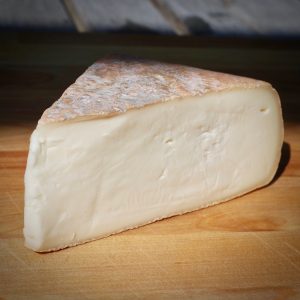
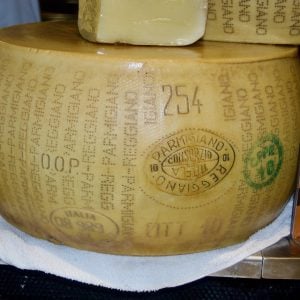

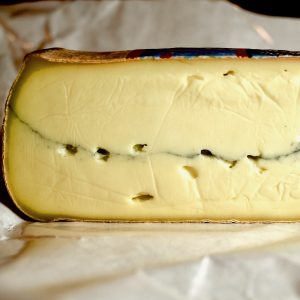


16 Responses
Great blog! My girlfriend is a pastry chef who has an almost encyclopedic knowledge of cheese. As a cook I don’t have as much exposure to cheese, so I love to dig into articles like this.
We live in the UK and love it
Take away the smell and this cheese delivers far less in taste than the elaborate production process warrants. Why go through all that, when you could use the same raw ingredients to make a a far superior product – like the British do…….
I am interested in Epoisse’s late medieval origins as well as its taste, texture, and smell. Do you have the name of the monastery? N.-D. d’Epoisse? Or…… Thanks. Great article.
Any know San Francisco afficianado outlets?
Leonard’s 2001
Costco sells Epoisses on occasion.
Found this for the first time in our village Co-op shop near Cambridge, UK, and can only agree that its a wonderful cheese.
No comparison between the pasteurized version of Epoisses and the original non-pasteurized one! The latter is much, much richer in flavour. I tried them both from Berthaut as I live in Germany and we have easy access to all unpasteurized cheeses and I would never eat a pasteurized cheese as it tastes very bland.
Actually, Epoisses can be very good in cooking! When I am down to the last wedge, I chop it up a bit and add it to a sauce pan with some creme fraiche and warm it until bubbling. I then pour it over cooked chicken. I know it’s expensive, so cooking with it seems silly, but this is something you could try when it’s starting to show its age a little too much. The cooking mellows it out a bit and everyone I’ve made this for loves the rich sauce.
Great tip Robert, thanks for sharing.
Try Oeufs epoisses. Just got back from burgundy and it was incredible. My Cardiologist would not want to hear that, however.
I will have to try poached eggs with a creamy epoisse sauce sometime. I’m sure my doctor would say the same thing.
Does anyone know what culture is used when making this cheese. is a Meso or Geo or thermo? with the red color there is obviously Brevi in it…But i was wondering about the others…
I get my Epoisses cheese locally in Cavistons, Glasthule Co.Dublin Ireland. Not sure if it is the pasturised
version or not! Smelly it maybe (my wife prefers I eat it outdoors) it’s my fav soft cheese!!!D.Cave??☘️??
I’m fortunate my wife likes the stinky cheeses too.